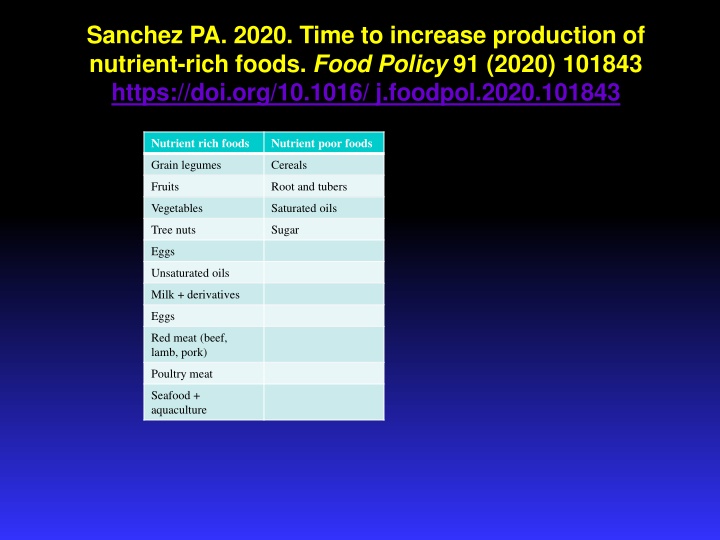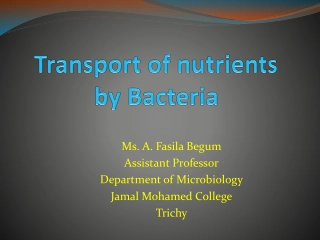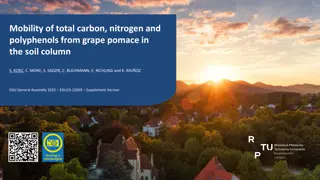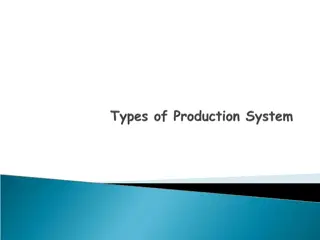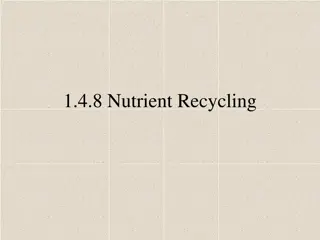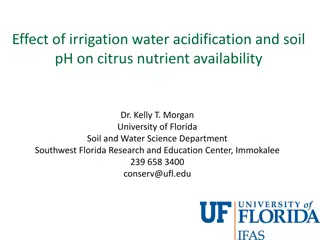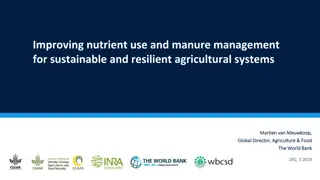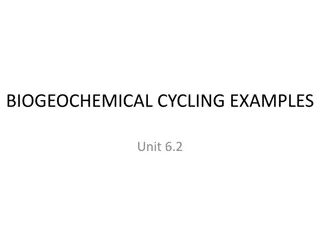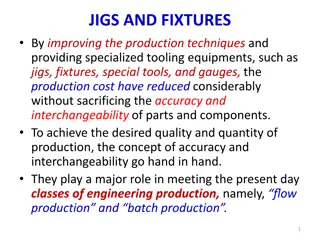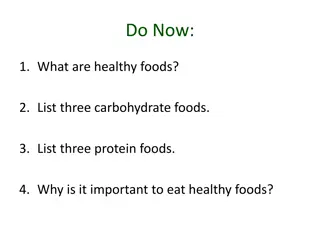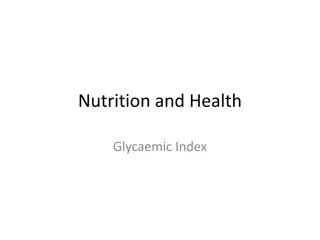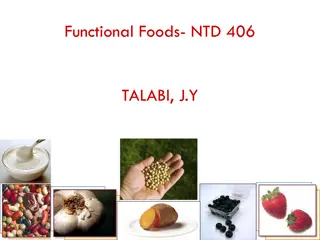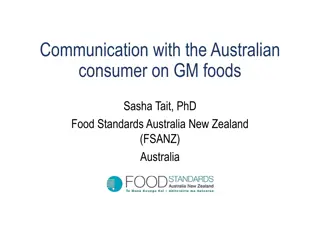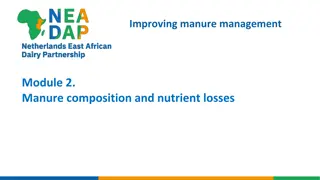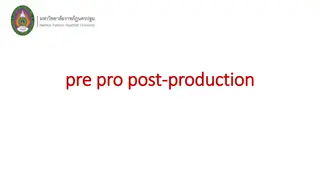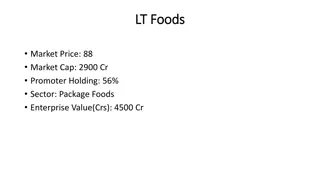Time to Increase Production of Nutrient-Rich Foods
"This study examines the need to increase production of nutrient-rich foods to meet the demands of a growing population. It analyzes the current food production trends, highlighting the importance of shifting towards nutrient-rich sources like grain legumes and tree nuts while reducing reliance on nutrient-poor foods. The research indicates changes required in cropland area and identifies winners and losers in the food production sector. Recommendations are presented for a sustainable food production system to support a healthier future."
Download Presentation

Please find below an Image/Link to download the presentation.
The content on the website is provided AS IS for your information and personal use only. It may not be sold, licensed, or shared on other websites without obtaining consent from the author.If you encounter any issues during the download, it is possible that the publisher has removed the file from their server.
You are allowed to download the files provided on this website for personal or commercial use, subject to the condition that they are used lawfully. All files are the property of their respective owners.
The content on the website is provided AS IS for your information and personal use only. It may not be sold, licensed, or shared on other websites without obtaining consent from the author.
E N D
Presentation Transcript
Sanchez PA. 2020. Time to increase production of nutrient-rich foods. Food Policy 91 (2020) 101843 https://doi.org/10.1016/ j.foodpol.2020.101843 Nutrient rich foods Nutrient poor foods Grain legumes Cereals Fruits Root and tubers Vegetables Saturated oils Tree nuts Sugar Eggs Unsaturated oils Milk + derivatives Eggs Red meat (beef, lamb, pork) Poultry meat Seafood + aquaculture
Food production change World Actual 2017 7.7 billion 2050 Eat Lancet diet 10 billion 5.39 m metric tons 1.10 b ha 2.70 b acres DIFFERENCE Food Production 9.30 m metric tons 1.25 b ha 3.06 b acres -3.91 m metric tons -150 m has -368 m acres Cropland area
Complete Reversal Production Current Eat Lancet %Nutrient rich 35 76 % Nutrient poor 65 24
Change in Cropland Area World Actual 2017 2050 Need by 2050 for 10 billion In million acres Cropland area million hectares Nutrient rich foods Nutrient poor foods Balance 376 834 448 more 1097 more 898 272 626 less 1538 less 178 available 436 available US cropland area 166 407
Winners and losers Big winners Grain legumes Tree nuts Unsaturated oils Big losers Sugar cane Oil palm +other saturated oils Cereals
